22+ SAMPLE Earthquake Action Plan
-
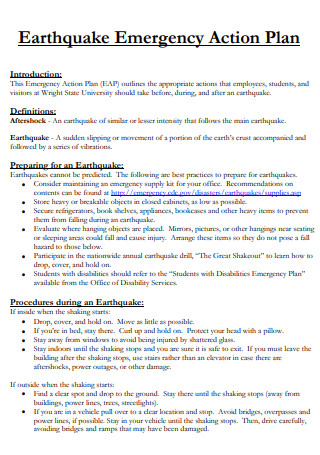
Earthquake Emergency Action Plan
download now -
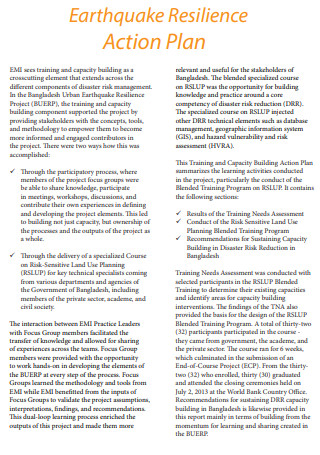
Earthquake Resilience Action Plan
download now -
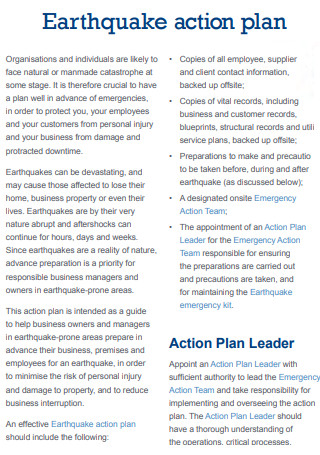
Earthquake Action Plan
download now -
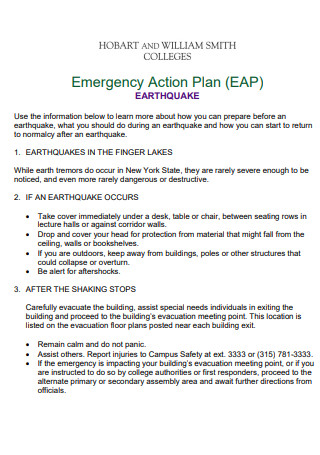
Earthquake Action Plan at College
download now -

Sample Earthquake Action Plan
download now -
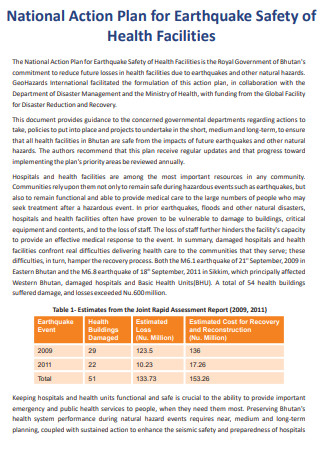
Earthquake Safety National Action Plan
download now -
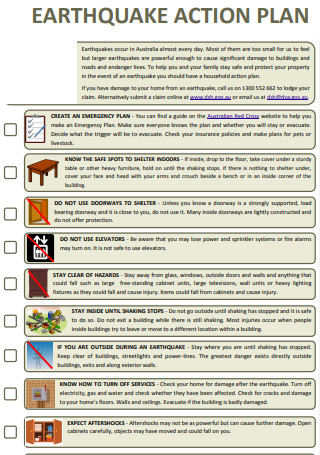
Earthquake Action Plan Checklist
download now -

Earthquake Safety Action Plan
download now -
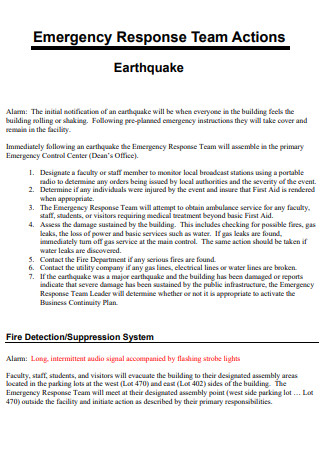
Emergency Response Earthquake Action Plan
download now -
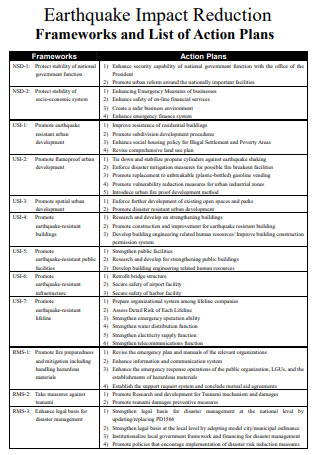
Earthquake Framework And Action Plan
download now -
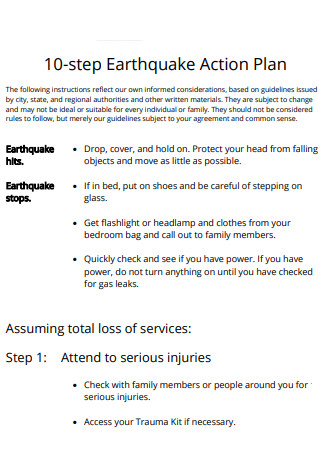
10 Step Earthquake Action Plan
download now -

Simple Emergency Action Plan
download now -
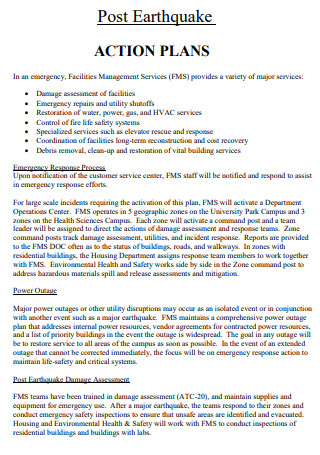
Post Earthquake Action Plan
download now -
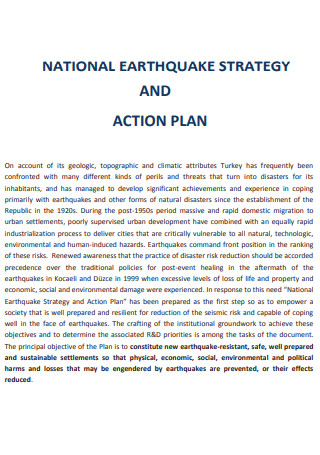
National Earthquake Strategy Action Plan
download now -
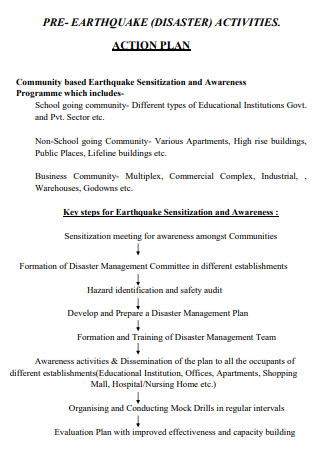
Pre Earthquake Action Plan
download now -
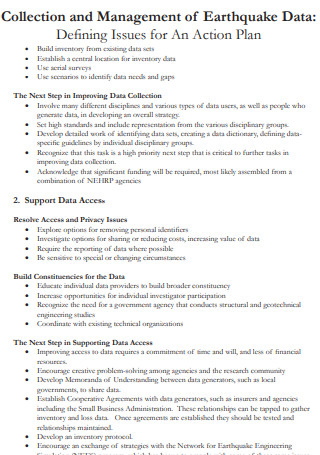
Earthquake Management Action Plan
download now -

Earthquake Action Plan Example
download now -
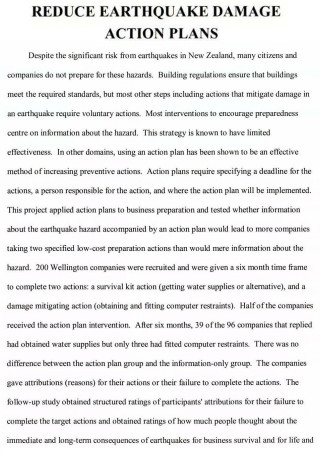
Earthquake Damage Action Plan
download now -
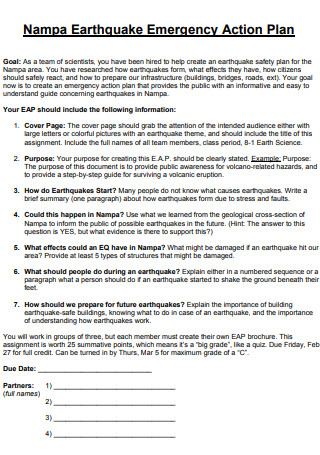
Earthquake Action Plan Template
download now -
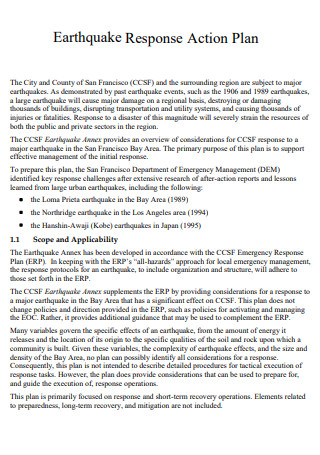
Earthquake Response Action Plan
download now -
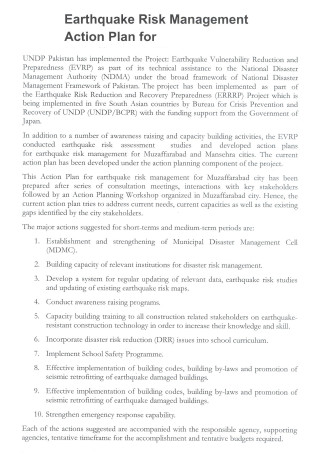
Earthquake Risk Management Action Plan
download now -
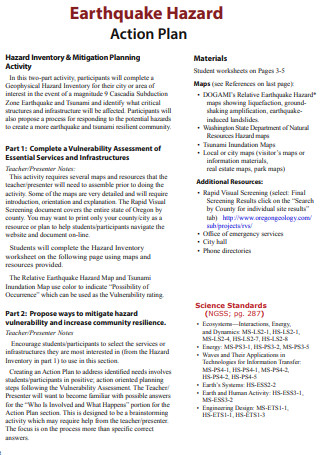
Earthquake Hazard Action Plan
download now -
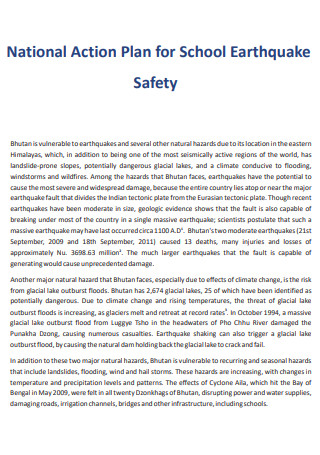
School Earthquake Safety National Action Plan
download now
FREE Earthquake Action Plan s to Download
22+ SAMPLE Earthquake Action Plan
What Is an Earthquake Action Plan?
Benefits of an Earthquake Action Plan
Steps on How to Create an Earthquake Action Plan
FAQs
What is usually found in an emergency disaster supply kit?
What do you do when an earthquake occurs?
What are some ways that you can prepare in your home for an earthquake?
What Is an Earthquake Action Plan?
Let’s tackle first what an earthquake is. NASA defines an earthquake as “an intense shaking of Earth’s surface. The shaking is caused by movements in Earth’s outermost layer.” They went on to describe how earthquakes happen, which is basically the result of the incessant movement of the Earth’s plates. Can we predict when those earthquakes will occur? The USGS answered this with a resounding no. No scientist, past or present, has predicted an earthquake event. Scientists can only go as far as calculating within a number of years the likelihood of an earthquake happening in a certain place. But as to the exact date and time, that is certainly a big no. Now, considering the uncertainty of the situation, business owners or homeowners would want to come up with an emergency action plan, that is called an Earthquake Action Plan.
An earthquake, a natural disaster and a force of mother nature to be reckoned with, comes in different types of quakes, or shocks, as they call it. Being unforeseeable in nature, the best way to prepare for an earthquake is to have an earthquake action plan. An Earthquake Action Plan is similar to a disaster recovery plan, but specifically made for earthquake events. It is a roadmap to help individuals and businesses located in earthquake-prone places in preparing for an earthquake to minimize risk of damages, injuries, and to plan out for recovery and/or business continuity.
Benefits of an Earthquake Action Plan
All of us would want to prepare for any kinds of disasters. Earthquakes, when they strike, can cause severe damages to property, sustain personal injuries, or even loss of life. Many injuries occur due to not knowing what to do when earthquakes hit, and mostly as a result of people panicking. Preparedness is the core of an earthquake action plan, and should be part of any emergency response and recovery programs. In fact, some states, or even countries, made it a legal mandate that all businesses should have an emergency response plan in place. Some would even go as far as making it a legal requirement as part of securing a business plan permit. But what specifically are the benefits of having an earthquake action plan?
Steps on How to Create an Earthquake Action Plan
An earthquake action plan comes in different types and formats, depending on its applicability. It can either be used in a home setup, in a community level, or in a corporate setting. Nevertheless, at the core of an earthquake action plan is the safety of all individuals affected, or will be affected, by an earthquake, and mitigating the risk of damages to property. There’s no such thing as having too many plans in place when it comes to earthquake preparedness, but make sure that those plans are coordinated and effectively planned out. As the saying goes, it’s better to be prepared and to be safe than to be sorry in the end. Read on to find out what are the common steps when creating an earthquake action plan.
Step 1: Set the Objectives
An earthquake action plan objective statement, written in a mission statement-like way, explains what is the purpose of having an action plan in place and what the company, individual, or community hopes to achieve in the event of an earthquake. It is usually written in short and concise sentences. The objective statement sets the overall tone of the action plan, establishing its urgency as appropriate. In the case of a company, a sample objective statement could be: To prepare and present step-by-step contingency plans in case of earthquake strikes to prevent or mitigate financial losses.
Step 2: Create Action Steps
This is the part where you indicate the necessary action steps in preparation for an earthquake. These actions are also known as proactive measures. Proactive measures, preventative measures, or safety measures, are steps taken to decrease, or mitigate, the impact as a result of an earthquake. Example of an action step as a proactive measure is awareness training or having an earthquake drill. An earthquake drill involves doing the drop, cover and hold procedure. When an earthquake hits, an individual needs to find the nearest sturdy table or furniture where they could take cover and hold and wait till the shaking stops. This drill could help prevent bodily injuries. Another example of a proactive measure is checking the integrity of the building infrastructure if it has adhered to the building safety code regulations, can withstand a quake, and has appropriate emergency exits accessible in place. Training for first aid and having first aid kits accessible is also another safety measure. For business continuity, preparing for a work from home procedure can be part of the action items. Having an emergency communication plan in place is also another proactive measure. Planning for emergency evacuation plan procedures is also another measure.
Step 3: Check for Available Resources and Supplies
Since an earthquake is considered a major disaster, it is best to always be prepared for the worst case scenario and gather emergency resources and supplies. In a corporate setting, first aid kits and emergency exits should always be accessible. Always check that the first aid kit has sufficient supplies of medicines, bandages, et cetera, in case of injuries. Emergency exits should never be locked. It is also best to have backup generators or emergency lights in case of loss of power. Always have emergency phones, radios, or satellite phones in case of loss of network signal as well. For a home setting, the same resources apply, with the addition of food and water supply and other special needs items.
Step 4: Identify Persons In Charge
These are the persons tasked to implement the action steps. In your earthquake action plan, the names of the persons responsible should be listed down for transparency. Assign the action items to those individuals, or groups, who have the necessary skill and capacity to follow through with the plans. In a corporate setting, for example for the earthquake drill measure, identify the person in charge for implementing the earthquake training program. That individual should be able to make contacts with the appropriate people who have the expertise in the emergency response field, such as the people from the fire department or from the EMT. In the event of an actual earthquake, you should already identify the person who will be leading a certain team, department, or floor operation on what to do when the shaking starts and stops. That individual should be the only person giving out instructions to avoid confusion and chaos. In a home setup, make a list of persons to contact in case of emergency, including the fire department and your local EMT service.
Step 5: Make a Recovery Plan
Your earthquake action plan should contain recovery plans as well, or what to do in the aftermath of an earthquake. This could be in the form of infrastructure cleanup, repair and restoration if there are any damages sustained. This could also be further medical treatment procedures to those individuals who were severely injured. In terms of a business, this is where business continuity plan implementation takes place. Employees could bring their work with them and continue working remotely or in a work from home setup.
FAQs
What is usually found in an emergency disaster supply kit?
Your basic emergency supply kit should contain: at least a three-day supply of food that’s non-perishable; drinking water supply; flashlight with extra batteries; first aid kid; battery-powered radio; extra clothing; cash on hand; copies of identification cards; and some other special items if an individual has any special needs.
What do you do when an earthquake occurs?
If you are indoors, the first thing to do is to look for a sturdy table or piece of furniture to crawl under, and do the dock, cover and hold procedure. Stay under the cover of the table, covering your head with your arms, and hold and wait there until the shaking stops. Note that there are aftershocks that come after an earthquake strikes. Wait until the shaking stops before you go to the nearest emergency exit. If you are outdoors when the earthquake begins, go to an open area that’s away from all kinds of poles, trees and buildings. Once you’re in the open, stay down as low as possible and don’t go anywhere until the shaking stops.
What are some ways that you can prepare in your home for an earthquake?
Aside from preparing the basic emergency supply kit, another way is to identify which are the safe places to hide both indoors and outdoors in case of an earthquake. Next is to check for any other hazards in the house such as large and heavy objects that could easily fall, breakable glass such as windows and dining wares, overhead fixtures, et cetera. Another way is to have a list of emergency contact numbers in hand, including your local fire department and the EMT service.
An earthquake is a major disaster, a force to be reckoned with. By nature, earthquakes are unpredictable. Scientists can only do so much such as locate where the earthquake-prone areas are, but they cannot tell the exact date and time when an earthquake will actually happen. The only way to arm ourselves in case of an earthquake strike is to prepare for its impact and have recovery action plans in place. In this case, the best way to get prepared is to have an earthquake action plan in place. Download one of our earthquake action plan templates now, and see how you can easily prepare yourself before that big one strikes!
